How to Spot Fake News: a users' guide
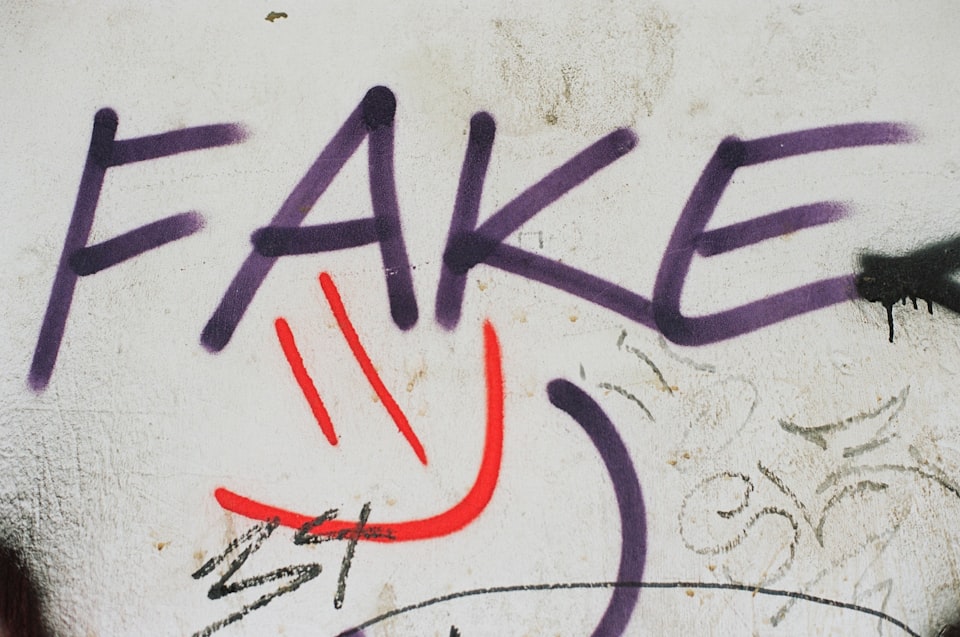
By Clare Penketh
Deciding what's real or fake regarding news in these times is increasingly challenging. Mistrust of mainstream media, the proliferation of online sites spreading partisan views, and the widespread dissemination of images that may be authentic – or produced by AI – stokes emotions, reinforces our biases, and means conspiracy theories are rife.
Former BBC World Service journalist Claire Penketh looks at how to tell fact from fiction.
Over the past few years, particularly during the pandemic, there has been a rise in conspiracy theories and a doubling down into our echo chambers. As conflict again engulfs the Middle East, the battle for hearts and minds is at full throttle. The first casuality of war is truth, and propaganda – from all sides – is nothing new.
But what is new is the internet's proliferation of user-generated content, which can be valuable, if genuine, to inform the story, coupled with the rise of fake news sites. Add in the scepticism of many that everything from mainstream media is not to be trusted. Understanding what is actually happening is fraught with difficulties.
Recently, I had a lively discussion with a friend who was convinced that something they had read was true – even though, to my ears, it sounded like a conspiracy theory. They earnestly explained to me what they thought was a credible theory, backing it up by saying it must be the case because they had read an online article citing a professor.
We all have our inbuilt biases, and sometimes we just want to believe what we've read or seen because it chimes with our belief system. If you don’t want to get taken in by fake news, it is always best to dig deeper to ensure the facts are from credible and trusted sources. Here are some practical approaches.
1. Evaluate the Source
Examining the source closely is one of the first steps in verifying news. Reliable news outlets often have established reputations for accuracy and integrity. Be cautious of websites with sensationalist names or a history of spreading misinformation.
Check the web address ("domain") – sometimes believable-looking fake websites of reputable news sites can be faked – only by looking at the address in your browser can you tell if it's genuine or not.
Articles that contain misinformation often cite named and qualified people - such as the professor above, or reference well known brands or institutions. This does not mean that they are in any way endorsed by those people or institutions. This is a technique used to lend false credibility to content.
2. Examine the Content
Read beyond the headline. Sensational or exaggerated headlines often grab attention and can be a red flag for misinformation. Evaluate the content for bias, inaccuracies, or inconsistencies. Look for supporting evidence, quotes from credible sources, and citations of reliable data. Be wary of articles that lack transparency or provide only one side of a story.
Additionally, Artificial Intelligence, or AI, tools are now being used to create content automatically and at large volumes with little or no human oversight. AI has an inbuilt tendency to present misleading or incorrect information in a credible way. Don't believe everything you read on screen.

3. Cross-Reference Information
Verify the information by cross-referencing with other reputable sources. Search for coverage from established news organisations or fact-checking websites if a story seems dubious. Independent verification can help corroborate facts and uncover any discrepancies.
4. Assess the Authorship
Investigate the author's credentials and expertise in the subject matter. Legitimate journalists/experts typically provide their background and qualifications to establish credibility. Even credible sources may be biased or allied to a particular worldview.
5. Scrutinise Images and Videos
Fake news can often include manipulated images or videos to support false narratives. Use reverse image searches or video verification tools to determine the authenticity of visual content. Look for discrepancies in lighting, shadows, or inconsistencies with the accompanying story. Sometimes images used from one catastrophic world event can be used to evidence something else entirely.
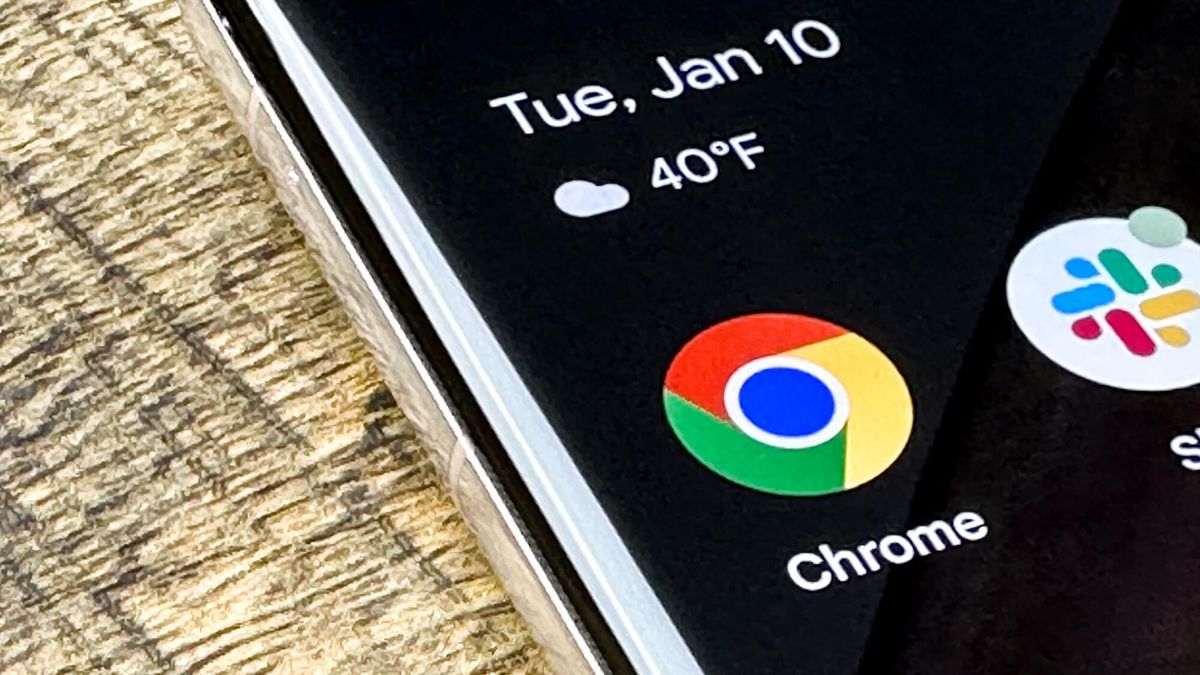
6. Be Mindful of Emotions
Fake news often intentionally triggers emotions to provoke strong reactions from readers. Be cautious of content that evokes fear, anger, or outrage without providing credible evidence to back its claims up.
If a headline evokes a powerful response in you, read the accompanying content that provides further context and detail, sometimes making the headline clearer and less impactful.
Ecotricity founder Dale Vince is currently challenging the Daily Mail over an article which ran his photograph alongside the phrase 'Sex pest' - a title attributed to someone else in the article. The damage has already been done and there will be many who have skimmed the article that now have that association imprinted in their minds.

Emotional manipulation depends on triggering an immediate response. Take a moment to pause and critically evaluate all of the information before reacting or sharing it with others.
When you read content that makes you feels this way - or seems to demand a response, try to wait a few minutes before sharing or responding - this gives your mind enough time to process the content. Don't rush to be the first to share the news. If you have any doubts at all, don't share, otherwise you are making yourself part of the problem and diminishing your own credibility in the eyes of others.

7. Consult Fact-Checking Resources:
Utilise fact-checking websites and tools to verify the accuracy of news stories. Organisations like Full Fact, Fack Check UK, Reuters Fact Check and BBC Verify specialise in debunking myths and verifying claims. Search for specific keywords or headlines to see if reputable sources have fact-checked the story. These resources can provide valuable insights and help separate fact from fiction.
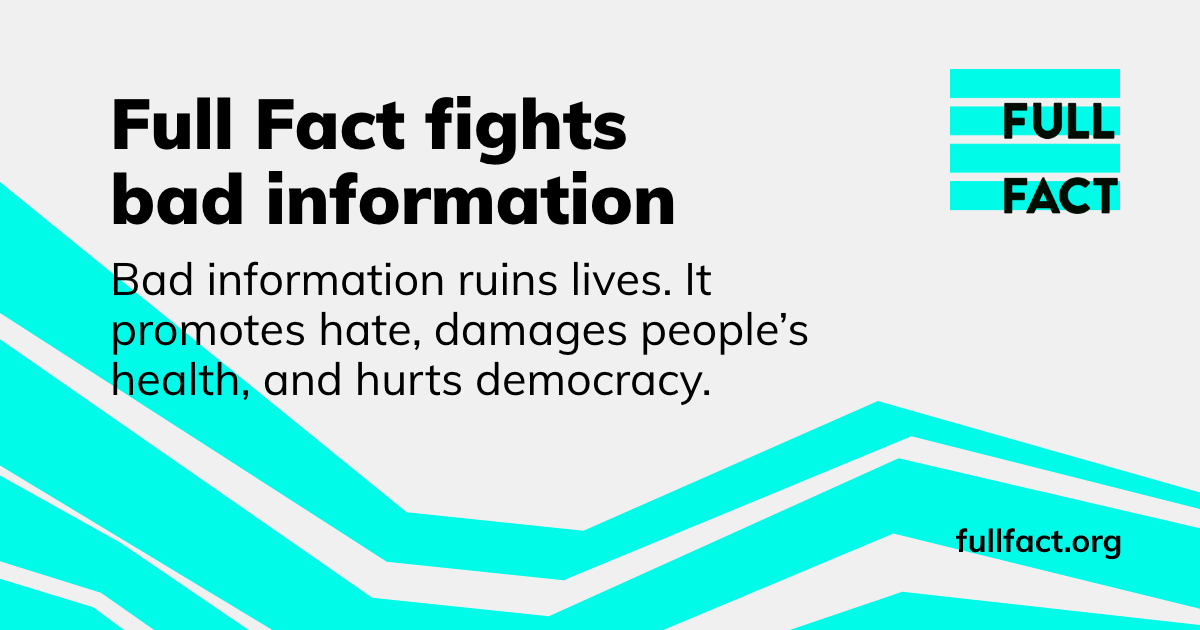
8. Practice Digital Literacy:
Developing digital literacy skills is essential for navigating the complex landscape of online information. Stay informed about current events, media literacy techniques, and critical thinking strategies.
Teach others, especially children and older people, about the importance of verifying information and being discerning consumers of online content. By empowering individuals with digital literacy skills, we can collectively combat the spread of fake news and promote online safety.
"Learning to write is one of the most enriching aspects of any education"
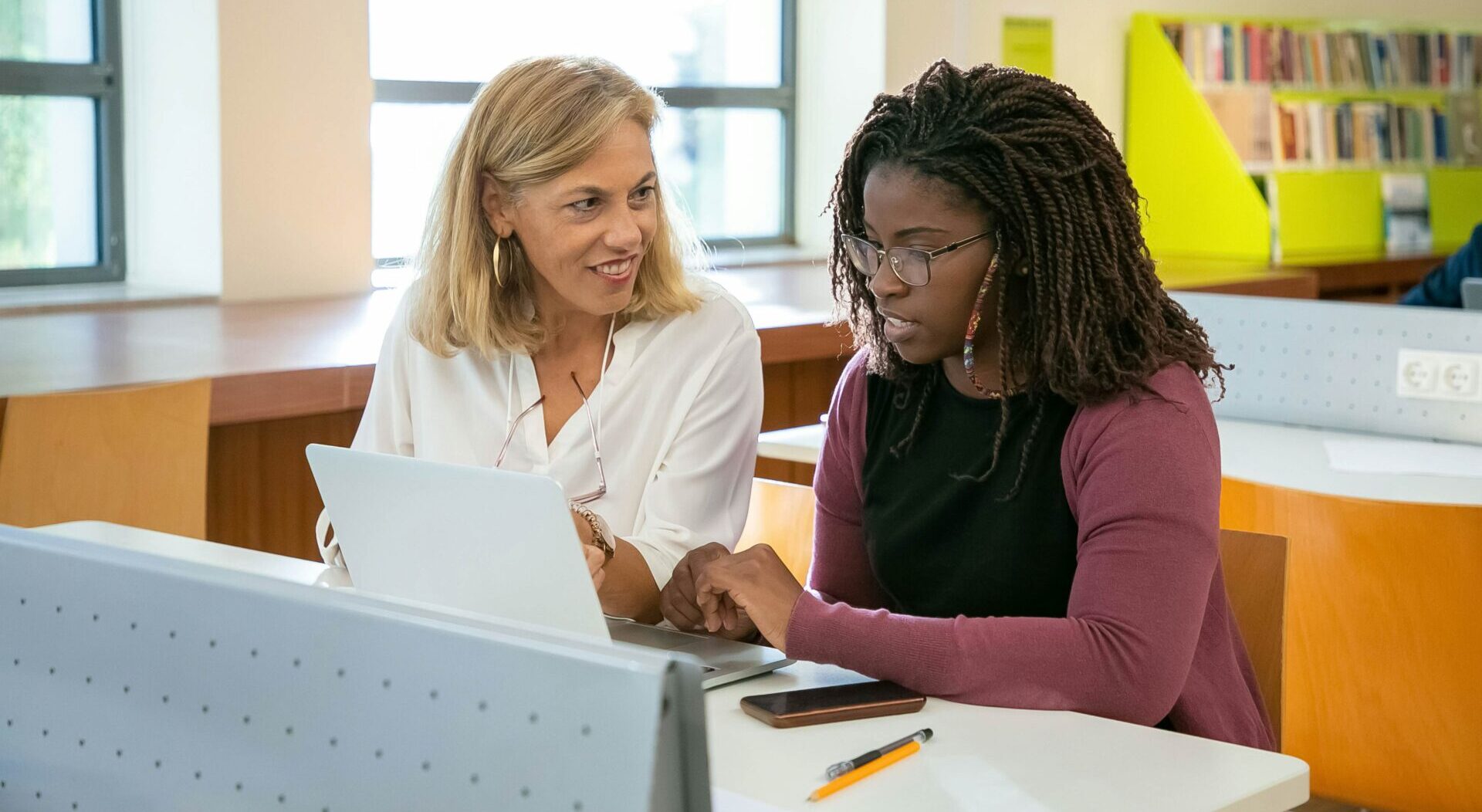
Spotting fake news requires diligence, critical thinking, and a healthy dose of scepticism. By evaluating sources, examining the content, cross-referencing information, and practising digital literacy, we can safeguard ourselves and others from falling prey to disinformation.




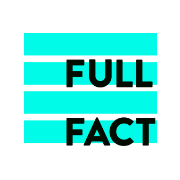

Member discussion